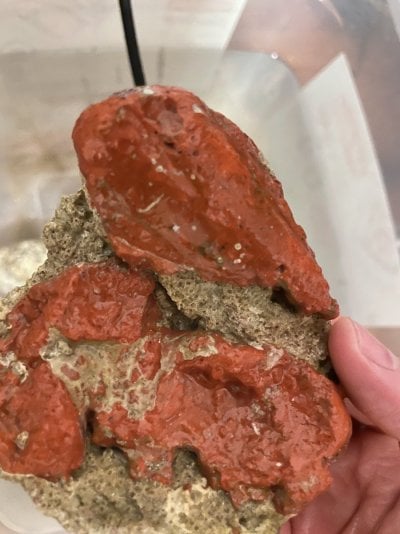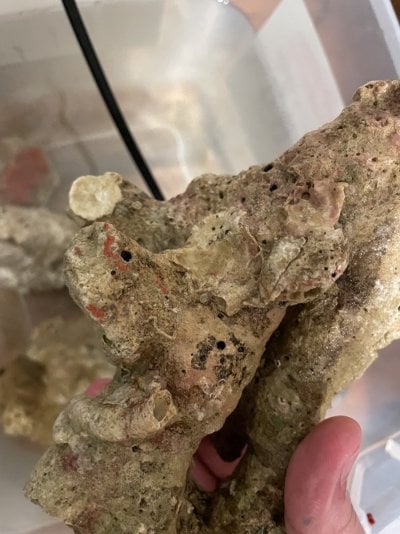So I bought this cured rock from a LFS for the 55 gallon that I am starting. I assumed that coralline algae comes in many different colors so I did not think anything of it.
This one looks orange. I swear that in the past I have had something orange-ish like it in the past.
I am just checking with everyone to see if they think its just paint... haha
One piece is almost completely orange and the other has a small dusting


This one looks orange. I swear that in the past I have had something orange-ish like it in the past.
I am just checking with everyone to see if they think its just paint... haha
One piece is almost completely orange and the other has a small dusting




















